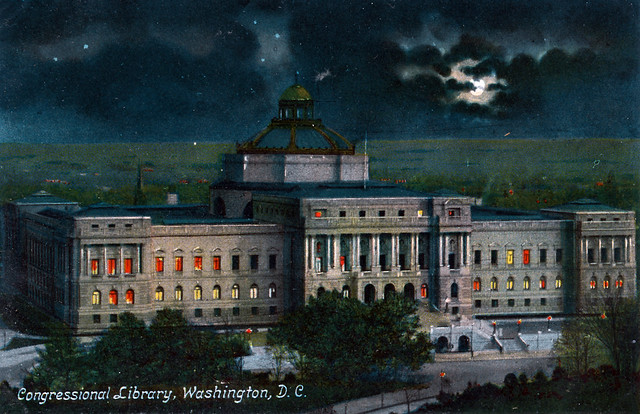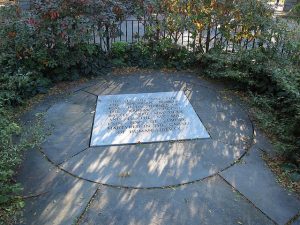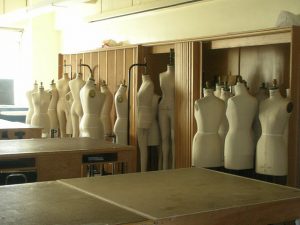“Everyone’s a critic,” my mother used to say -- and that was well before blogging made it official. She was right. No matter the subject or the limited extent of our expertise, we can’t wait to weigh in and pronounce judgement, invariably leading with our emotions than with our intellects.

No one is immune. You’d think professional critics would hew to a different, and far more elevated, set of standards. Two recent examples of book reviews, drawn from the Jewish Review of Books and the New York Review of Books, respectively, put paid to that idea, underscoring the extent to which the book review has become a platform on which to strut your stuff rather than the author’s.
In the first instance, the reviewer spent more time discussing the sources the author allegedly failed to consult than in reckoning with the substance of her argument -- some 300 pages worth. Demonstrating his erudition at the expense of the author’s, this reviewer contravened one of the cardinal rules of the trade: engage with the book at hand, not with the one you would have written.
In the second instance, the reviewer appeared to be at sea, unable to discern, let alone grapple effectively with, the manifold contributions of the book under consideration. When not missing the point entirely, he fumbled, concluding his review with reference to the book’s price as well as its laudatory blurbs -- to which he took exception. Awfully strange, that. This reviewer violated another cardinal rule of the trade: accepting an assignment for which one is either intellectually or temperamentally ill-suited.
Reviews like these are missed opportunities, writ large. By the time we finish with them, we’ve learned something about the ego, but little else.










